
“How do you creatively and truthfully portray a significant person, group, place, idea, or issue in the community?”
For the Junior Documentary Project, we were challenged to portray an intriguing person, group, place, idea, or issue. We gathered both primary sources and secondary sources for research and then explored different ways of displaying the information we gathered. In English we wrote a narrative-style journalism paper, in Digital Media we created the design for the article, this website, and an intro video, and in Film we made an actual documentary from scratch. It was a really rewarding process to be able to figure out how to portray my subject- Calligraphy, Handwriting & Snail Mail.
The Introduction
We got to make a short introduction, almost like a commercial for our entire documentary unit in AfterEffects. It was really fun but super challenging because it was the first time I made my own content in it! I loved the freedom it gave me and I really enjoyed using different animation effects.

Interviewees:
Melody Xu, Zeng Zhiyong & Patricia Sullivan


Melody Xu is a current sophomore at Palo Alto High School. She has loved making cards for her family for a long time but has just recently gotten involved in Pen Palling over the 2020 quarantine. Through her calligraphy and pen palling practices, she has been able to not only get closer friends she already knew but also make new friends from around the world.

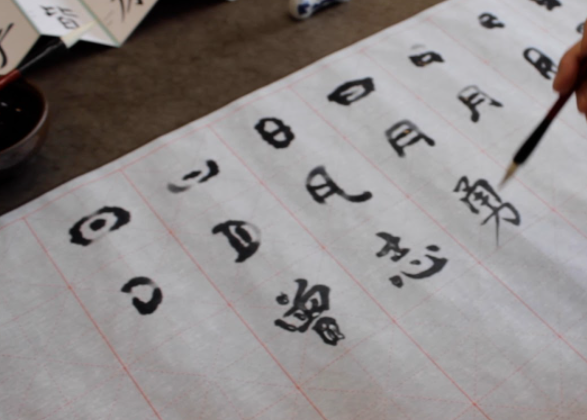
Zeng Zhiyong moved to California from China just five years ago. He is pictured next to his company’s logo and often travels to China on work trips. His deep appreciation for calligraphy began as a child when he visited a wall engraved by famous calligraphers. Since then, he has studied hard and worked to improve his handwriting with the help of teachers and friends along the way. Today, he connects with his friends by sharing and discussing calligraphy and penmanship.

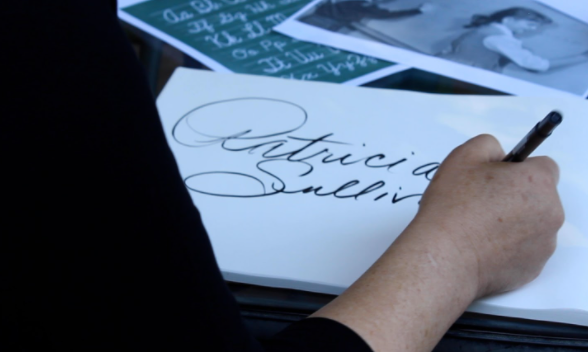
Patricia Sullivan grew up in a small town in Montana surrounded by beauty and art from a young age. Practicing her penmanship was something she dedicated thousands of hours to and she enjoyed it so much that she ended up majoring in graphic design when she attended Stanford. Since then, she has worked creating fonts, magazine spreads, logos, and other visual work.

Film
The Mockumentary
To learn more about the technology and techniques of making a documentary, we started by practicing through a casual mockumentary. I made a documentary about my sister who can do a wall sit standing up! (I know, it’s amazing, try not to be too impressed!) It is pretty funny because the inspiration for this mockumentary actually came from her when she called me in from the other room and told me in complete seriousness that she could do a wall sit standing up. So I documented it down below.
The Real Deal
Before I even start, I need to acknowledge my wonderful partner, Dana Huch who worked tirelessly with me to make our documentary. We had a great time collaborating and it would not have been possible without her.

The Product
There is so much that goes into making a documentary that I never thought about! Not only do you have to have technological skills (audio, camera, visual, etc.), you have to have good content to display. This came through asking the right questions and the right follow up questions. We practiced beforehand running through questions and hypothetical ideas so that it would run as smoothly as possible during the actual interviews. That’s the amazing (and scary) part about documentaries- you can’t plan everything out.
Once we got all the footage, sorting through it and deciding what we how we wanted to make a 10-minute film from 4+ hours of footage was a real challenge. Adding in music, photos, old videos, translation voiceovers, and credits made the film feel more complete. Below is my Premiere Pro workspace.
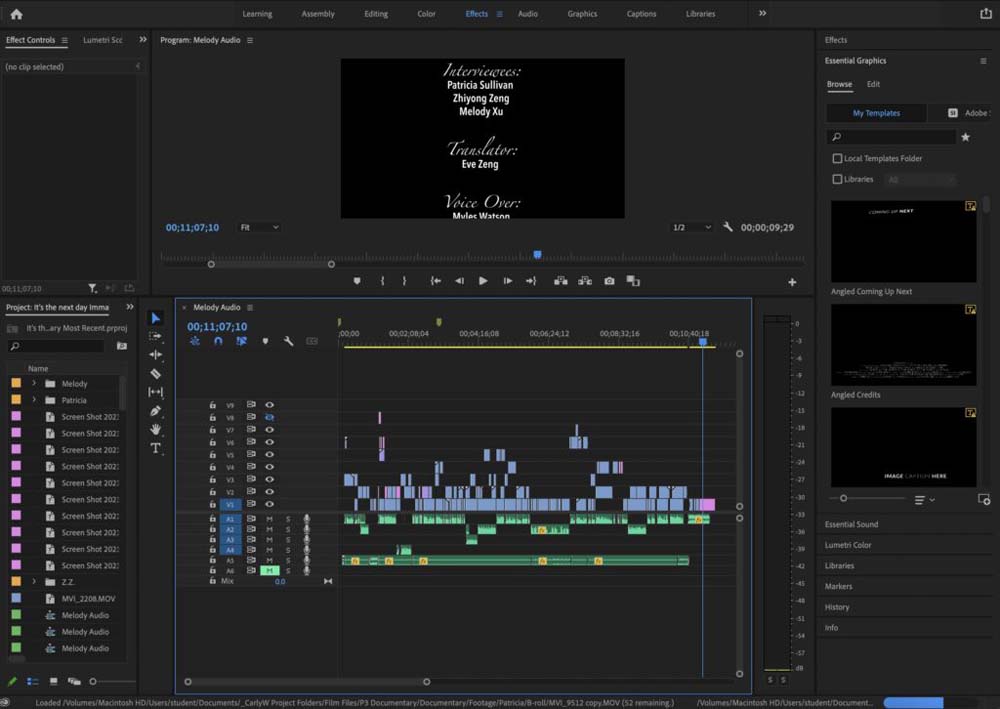
One of the special things we decided to do was have a calligrapher write our credits. I think it made the film feel more alive and thought it looked beautiful.
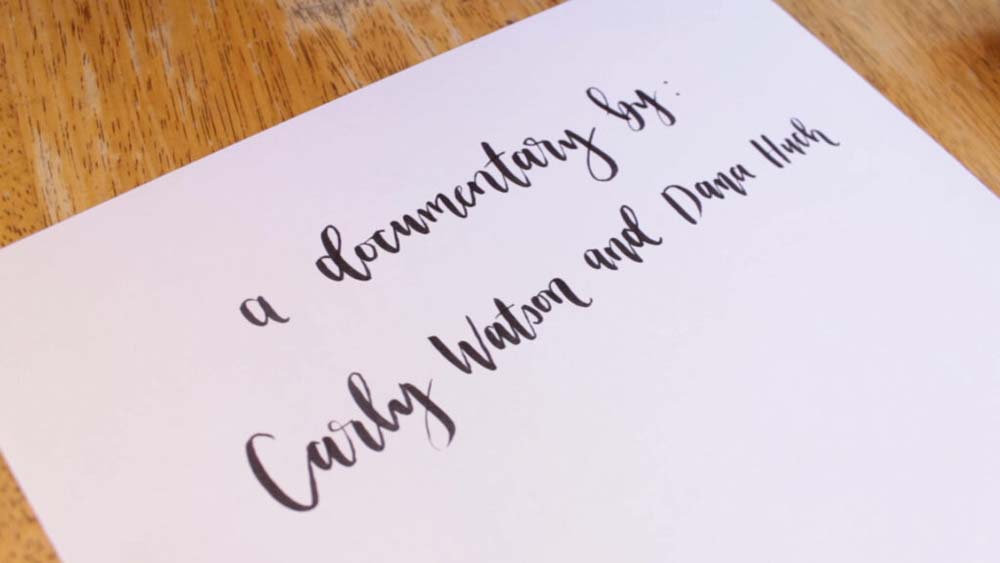
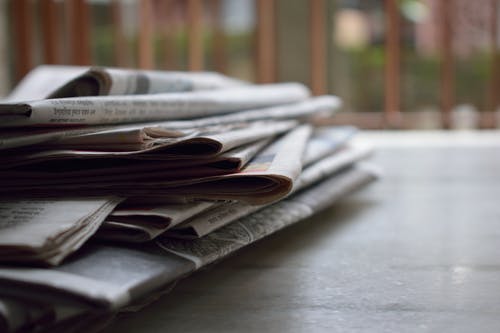
English
In English, we had the opportunity to write a journalism-style article about our topic. Since we learned how to write a profile article, I decided to take the non-traditional route of profiling calligraphy and handwriting so that I could incorporate all three of my interviewee’s stories. This was my first time writing a paper for publication, and I found it very rewarding. Below is the raw article that I turned in for English, and the next link is the article formatted and designed in InDesign.